How to Teach Your Dog to Swim This Summer
Not all dogs are born to paddle, but many can learn with a bit of help and the right approach. Yet before heading for the nearest lake or pool, it’s worth knowing how to introduce your dog to the water safely and confidently. Here’s how to make it a splashy success.
Know Your Dog’s Swimming Potential
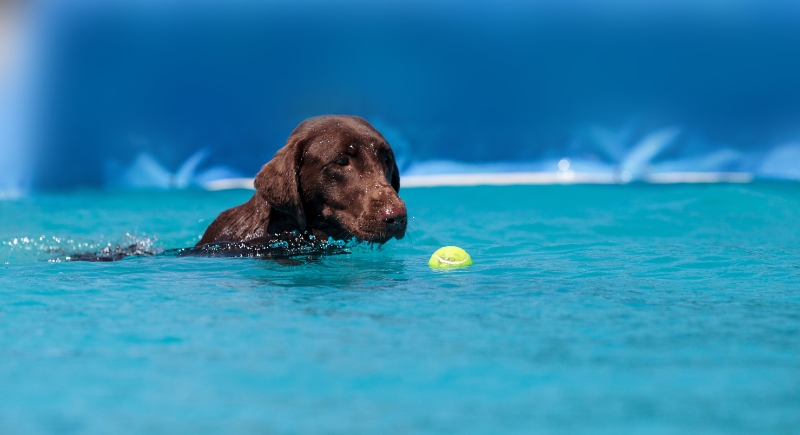
Credit: Getty Images
Some breeds naturally take to water, while others may struggle. Labrador Retrievers and Newfoundlands are built for swimming, with webbed paws and strong limbs. Breeds like pugs and bulldogs often find it more challenging due to their flat faces and body shape.
Pick a Calm Spot for the First Try
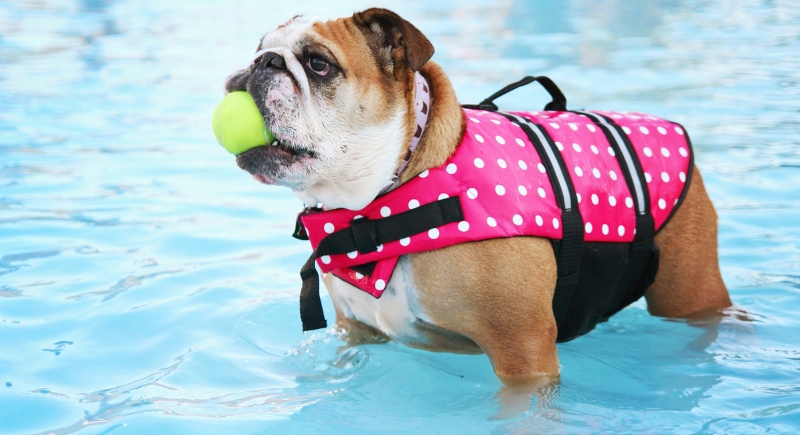
Credit: Canva
A peaceful, shallow pond beats a wave-filled beach every time when your dog is still figuring things out. Even a kiddie pool can be a great launchpad. A relaxed setting gives them time to focus on the water, not survival instincts.
Always Use a Dog Life Jacket
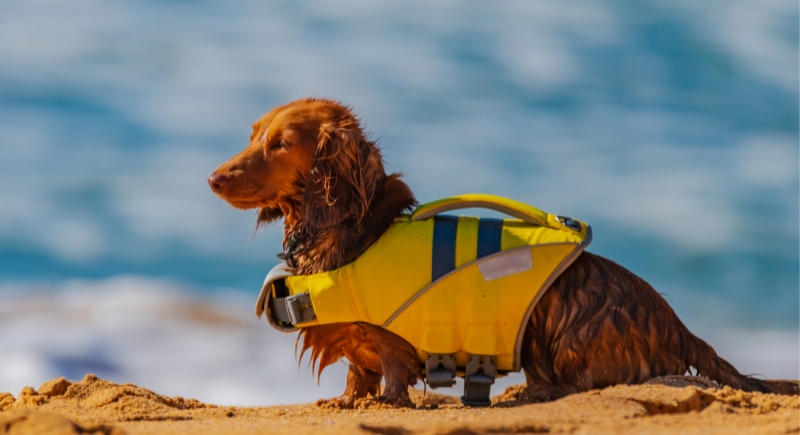
Credit: Getty Images
Even strong swimmers can get tired. A life jacket adds buoyancy and keeps your dog safe while they learn. Make sure it fits snugly without restricting movement. Look for one with a handle on top—that way, you can help guide or lift your pup if needed.
Let Them Explore Without Water First
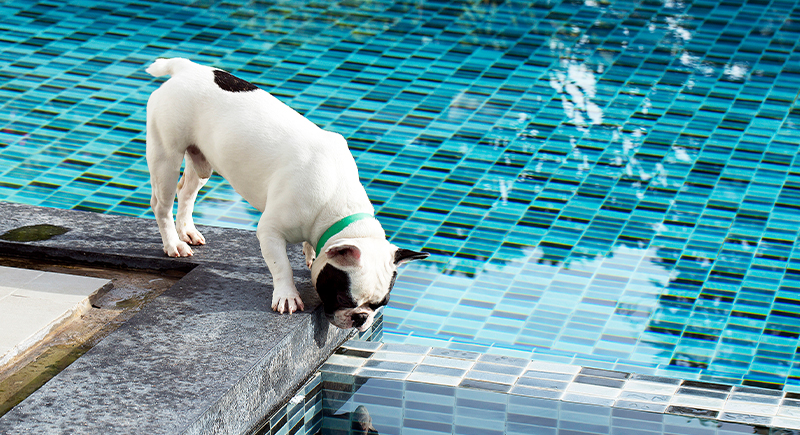
Credit: iStockphoto
Introduce the idea of swimming before adding any water. Set up a dry kiddie pool and let your dog sniff, step in, and explore. Use treats and praise so they associate them with something positive. In this way, you’re letting them lead at their own pace.
Fill It Slowly and Keep It Shallow
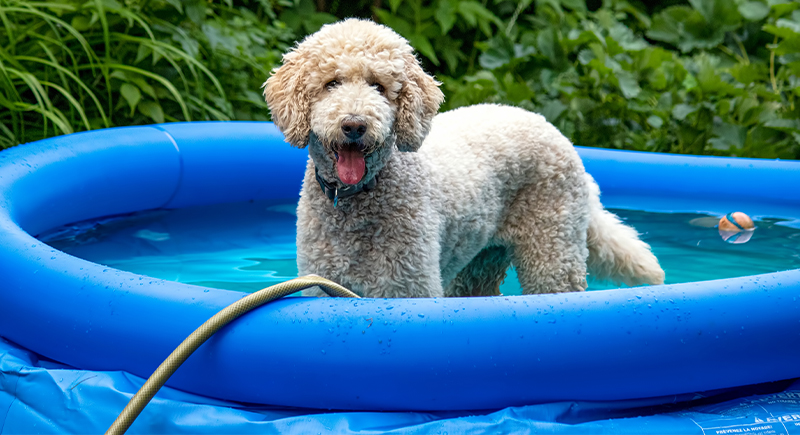
Credit: iStockphoto
Start with just enough water to float a toy. This way, your dog can step in, splash around, and get used to the sensation. Increase the water level over time. The goal is to avoid overwhelming your pup with deep water right away.
Don’t Skip the Toy Bribe
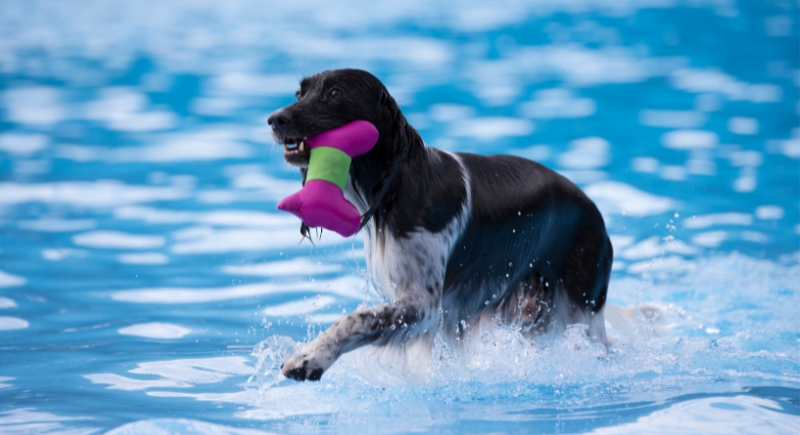
Credit: Getty Images
Floating toys are practical training tools. A study in Applied Animal Behaviour Science showed dogs learn faster when motivated by play. Toss a squeaky bumper or water-safe ball and let your dog “chase” it through the shallows. They’ll paddle without even realizing they’re learning.
Walk In Together, Step by Step
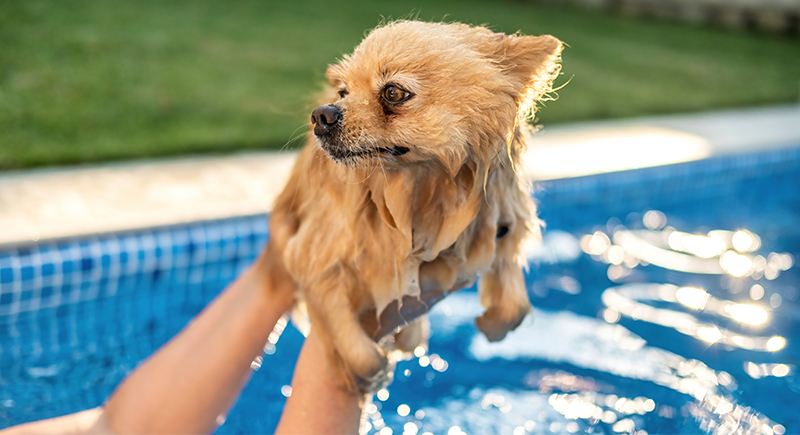
Credit: freepik
Wading in together shows your dog it’s safe. Let them stick close. Place a gentle hand under their belly if they try to paddle but can’t quite keep level. Don’t drag, push, or scold—dogs mirror your mood, so stay calm and upbeat even if they hesitate.
Watch for Tiredness Early
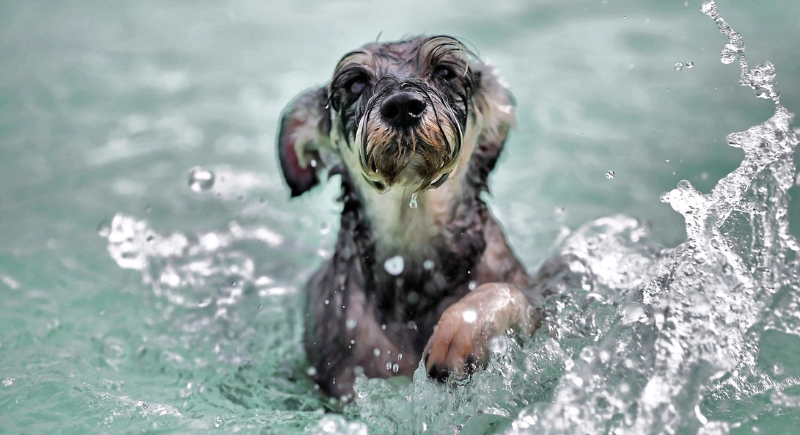
Credit: pixabay
Dogs may look like they’re having fun, but even a few minutes in the water can be exhausting, especially when they’re learning. If they start circling, paddling awkwardly, or heading to the edge repeatedly, it’s time to call it. Most beginner swim sessions shouldn’t last more than 5 to 10 minutes.
Take Breaks on Dry Land
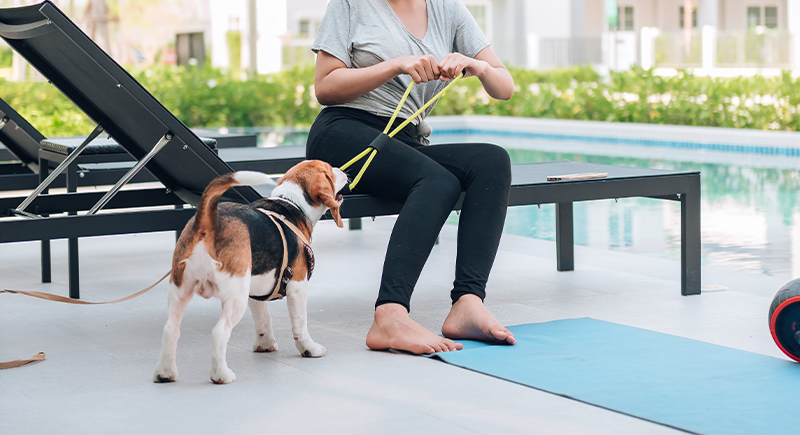
Credit: freepik
After a few minutes of paddling, guide them out for a rest. Dogs need to regulate their body temperature and catch their breath. Offer clean drinking water and a shady spot, especially if it’s hot out. A relaxed pup is more likely to hop back in later without resistance.
Rinse Them Off Every Time
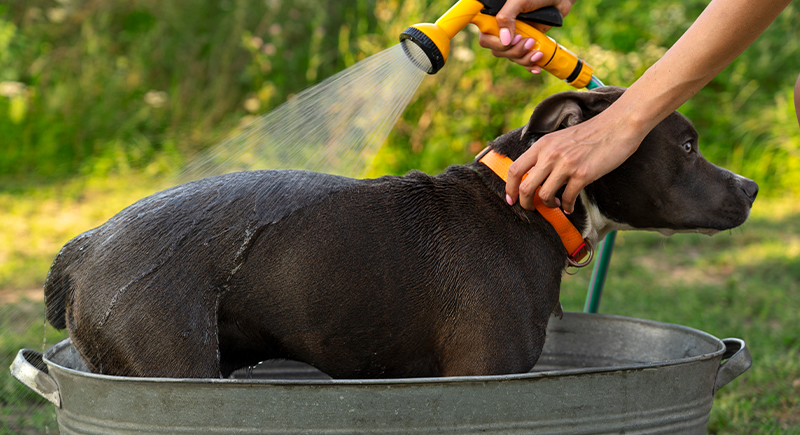
Credit: freepik
Chlorine, saltwater, and lake bacteria can irritate your dog’s skin and ears. After every swim, rinse your dog with clean water. Pay special attention to skin folds and inside the ears. A good rinse now helps prevent infections later.
Avoid Toxic Algae Blooms
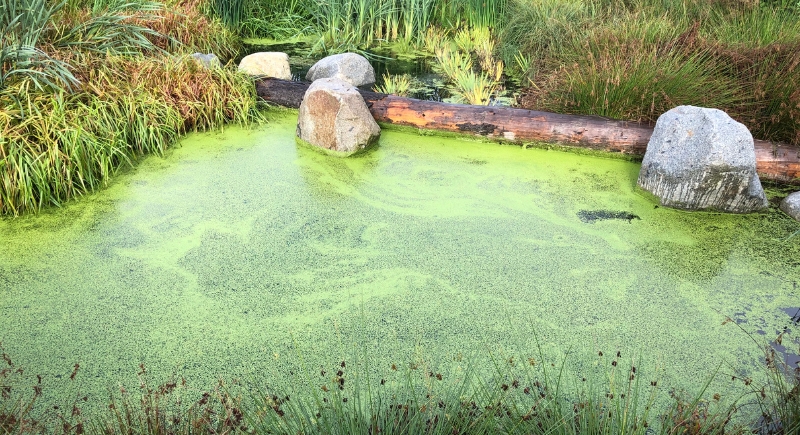
Credit: Getty Images
In lakes and ponds, check for blue-green algae, especially during warm months. It looks like green paint or scum on the surface and can be poisonous to dogs if ingested. If you see it, don’t let your dog swim or even step in the water.
Watch the Weather and the Water Temperature
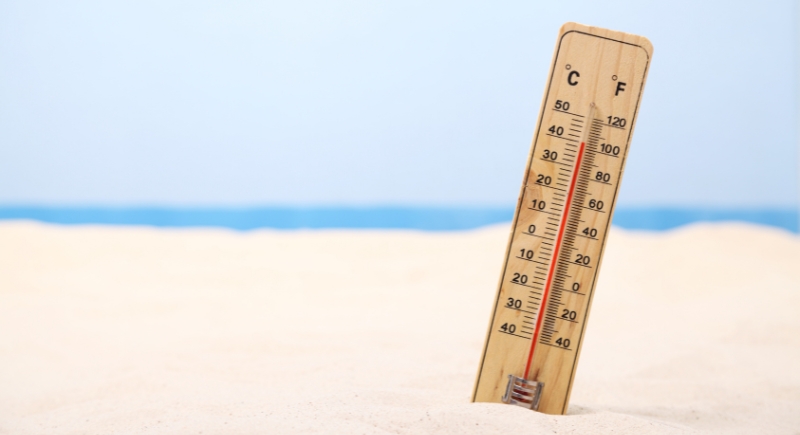
Credit: Getty Images
Cold water can shock a dog’s system, especially if it’s small or has a thin coat. On the flip side, very warm weather can raise the risk of overheating. Do a wrist check—if it’s chilly to you, it’s definitely cold for them.
Keep Their Nails Trimmed Before Swimming
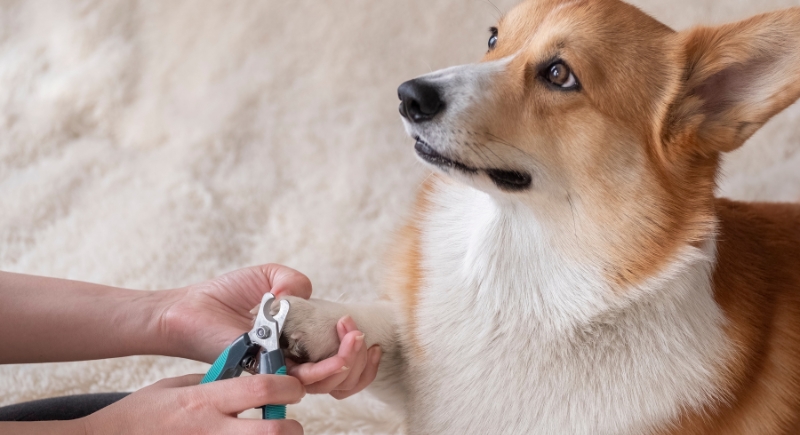
Credit: Getty Images
Excited swimmers sometimes claw at people or scratch themselves trying to climb out. Keeping your dog’s nails trimmed can prevent accidental cuts during swim practice. It also protects inflatables or flotation devices you might use for fun.
Skip the Treats Mid-Swim
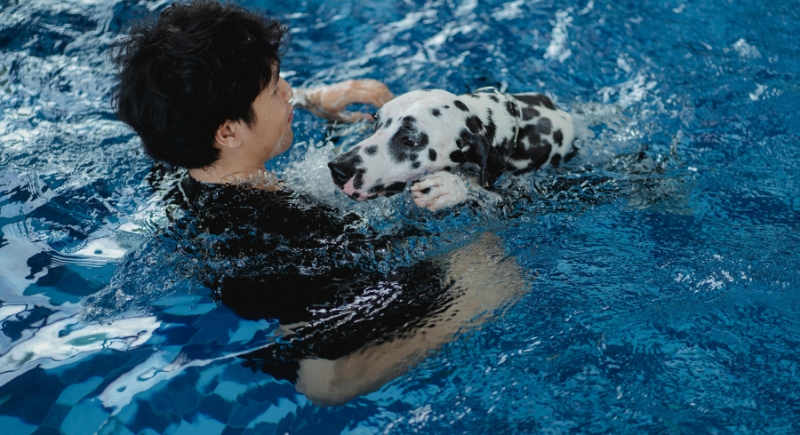
Credit: pexels
Positive reinforcement is great, but treatment time should not occur during swimming. Giving food while your dog’s chest is compressed or they’re working hard in the water increases the risk of choking. Use verbal praise or toys in the moment, then reward with snacks once they’re back on dry ground.
When in Doubt, Ask Your Vet

Credit: Getty Images
Senior dogs, brachycephalic breeds (like boxers or Frenchies), or pups with past injuries should get a vet’s okay before you turn them into water dogs. Swimming can be low-impact and therapeutic, but it’s not for every pup.